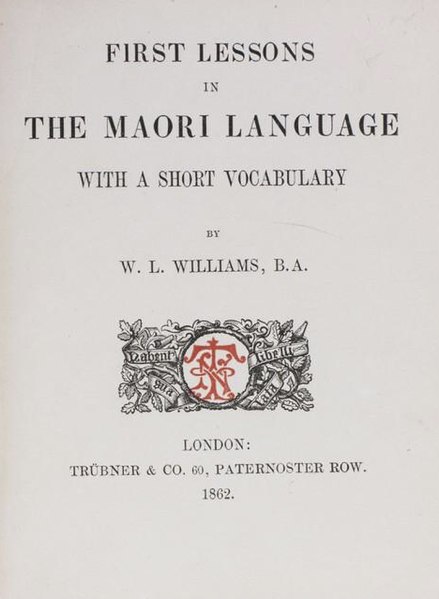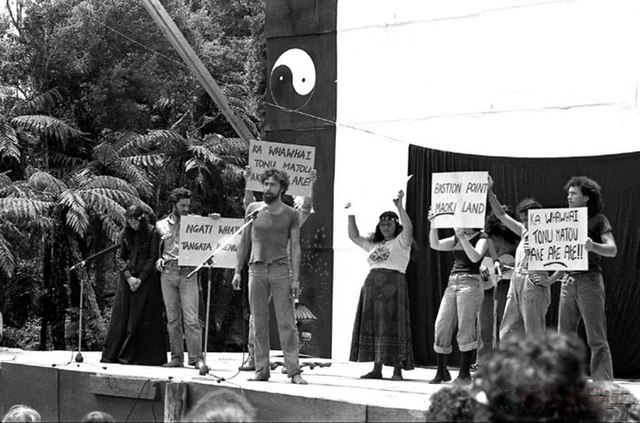Statistics New Zealand, branded as Stats NZ, is the public service department of New Zealand charged with the collection of statistics related to the economy, population and society of New Zealand. To this end, Stats NZ produces censuses and surveys.
Commuting patterns in the Wellington region are shown; darker red lines indicate greater traffic. Source: Commuter view New Zealand, 2006 Census of Population and Dwellings.
Statistics New Zealand publishes trade information, export and import data, tourism, and so forth. This information assists government planners as well as business activity.
In colonial times, there was a "Blue Book" of official statistics, compiled by various magistrates. Here is a photo of the table of contents dated 1851 for the southern island, then called "New Munster". Source = Statistics New Zealand (National Archives).
Māori, or te reo Māori, commonly shortened to te reo, is an Eastern Polynesian language and the language of the Māori people, the indigenous population of mainland New Zealand. A member of the Austronesian language family, it is related to Cook Islands Māori, Tuamotuan, and Tahitian. The Maori Language Act 1987 gave the language recognition as one of New Zealand's official languages. There are regional dialects.
Prior to contact with Europeans, Māori lacked a written language or script. Written Māori now uses the Latin script, which was adopted and the spelling standardised by Northern Māori in collaboration with English Protestant clergy in the 19th century.
Bilingual sign at railway station in Auckland, New Zealand
"First Lessons in the Maori Language", 1862, by W. L. Williams, third Bishop of Waiapu
He Taonga Te Reo – a celebration of Maori Language poster, Wellington Public Library (1995)
Bastion Point land rights activists with Māori-language signs







